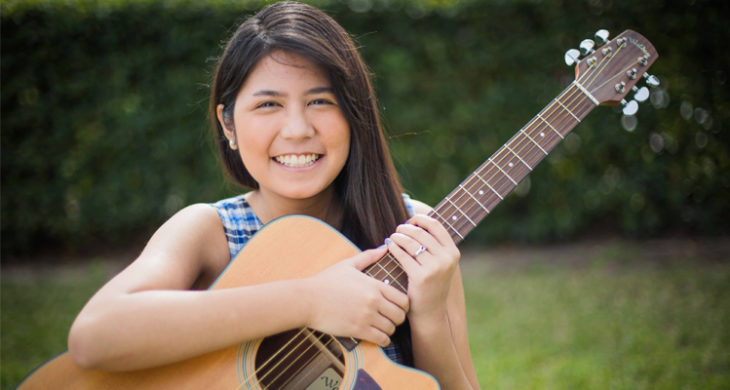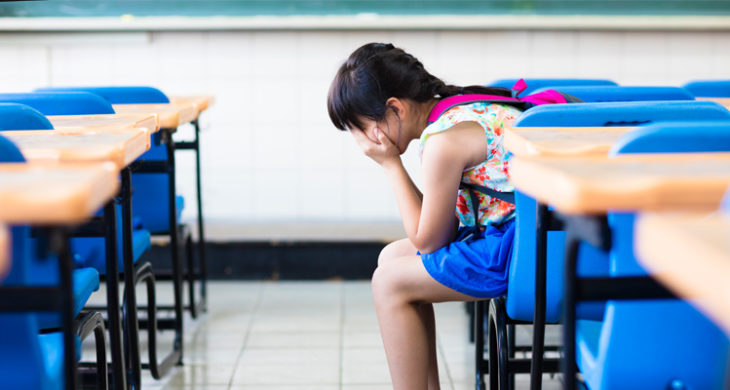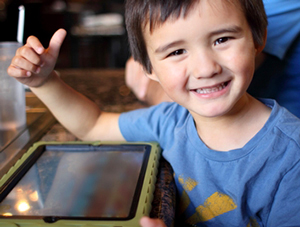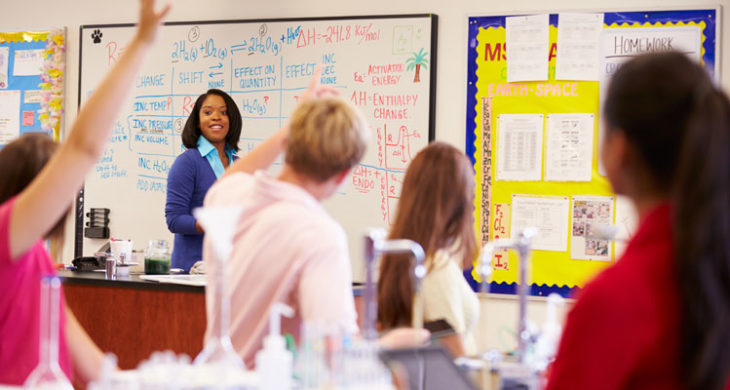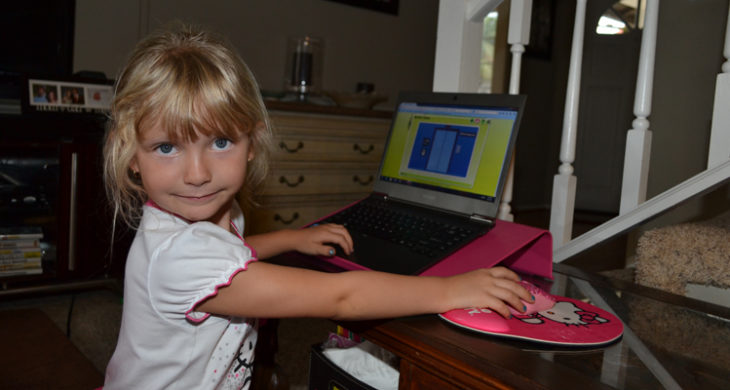When it comes to scholastic learning, the words science, math, and English are first to come to mind. But what about arts education?
Research shows that integrating arts with other subjects can help raise students’ achievement levels and promote growth in positive social skills, empathy, and social tolerance. Students with learning difficulties, such as dyslexia, as well as audio, verbal, language, and visual deficits, benefit greatly from a performing arts education. Award-winning actor Mark Ruffalo is a testament to that, noting that as a child with dyslexia, the theater and dramatic arts helped him learn more about himself and better express who he is. Not only did the arts provide Ruffalo with the fundamentals to learn, but it also provided him the direction to pursue a career.
Dr. Scott Gaynor is head of Stephen Gaynor School, a specialized school for students with learning differences. Dr. Gaynor says that the theater arts in particular have shown to improve expressive and receptive language skills as well as comprehension skills in reading and math skills. “Early identification of a child’s learning differences is really important. You can identify some early indicators as early as age one and a half to two years when a child is starting to acquire language skills. Any delays in the use of words or putting sentences together are key indicators that a child might have difficulty with learning to read,” says Gaynor. As a child gets a little older and has difficulty with rhyming or with matching sounds with letters, Gaynor advises that this can also serve as a key indicator that a child may have a learning difference.
Gaynor offers additional resources on his school’s website via links to national organizations that provide helpful resources for parents of children with learning differences. Through his work and other collaborations as an advocate for children with learning differences, Gaynor has identified how arts education can positively impact children with these variations. “In the twenty-plus years that I’ve been working at Stephen Gaynor School, I’ve seen that when children are given the opportunity to work in the performing arts that it improves areas like reading comprehension and math,” says Gaynor. He went on to note that he’s seen improvement with socialization skills and the ability to follow directions when children with learning differences dive into arts education.
The performing arts incorporates elements such as audio, visual, verbal and language skill development. “We use a term that is called a multisensory instruction. Which is simply teaching through all of the body’s senses—whether its sight, touch, movement, and listening. And drama innately has all of these elements in the program. So it’s a wonderful way to deepen learning. We talk about moving learning from two dimension to three dimension,” says Gaynor.
While integrating performing arts into a child’s life can be a beneficial asset, Gaynor believes it can be more impactful if the entire learning atmosphere is cultivated around arts education. “When the head teacher is talking to the drama teacher and they’re incorporating some of the content across those two areas, that’s really where it deepens learning. Children get a better understanding of what they’re learning in the core classroom, and they’re able to generalize those skills,” says Gaynor. “It’s not natural to see the connection between performing arts and learning to read, but I’ve seen the value of it. Building self-confidence and a child’s passion about something very often turns into resilience,” says Gaynor. “So the next time they’re doing something that’s really hard in the classroom, then they will have the experience of doing it on stage and can apply that when they’re trying to sound out a really difficult word.”
,
